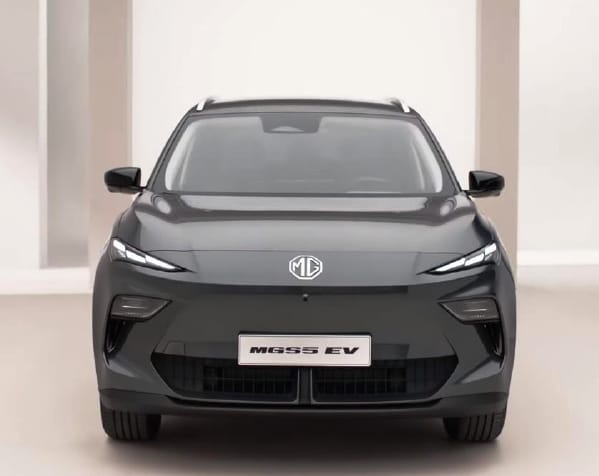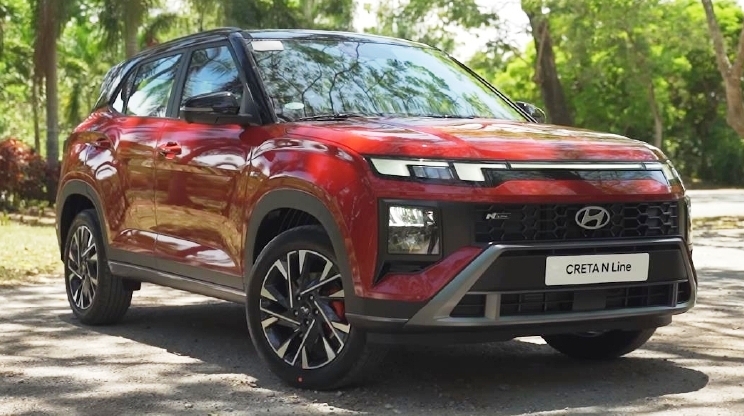2025 Honda HR-V Facelift Review — A Beloved Star
Discover the 2025 Honda HR-V facelift for Southeast Asia — full review, price, interior, performance, hybrid fuel economy, safety tech & why it’s worth buying.
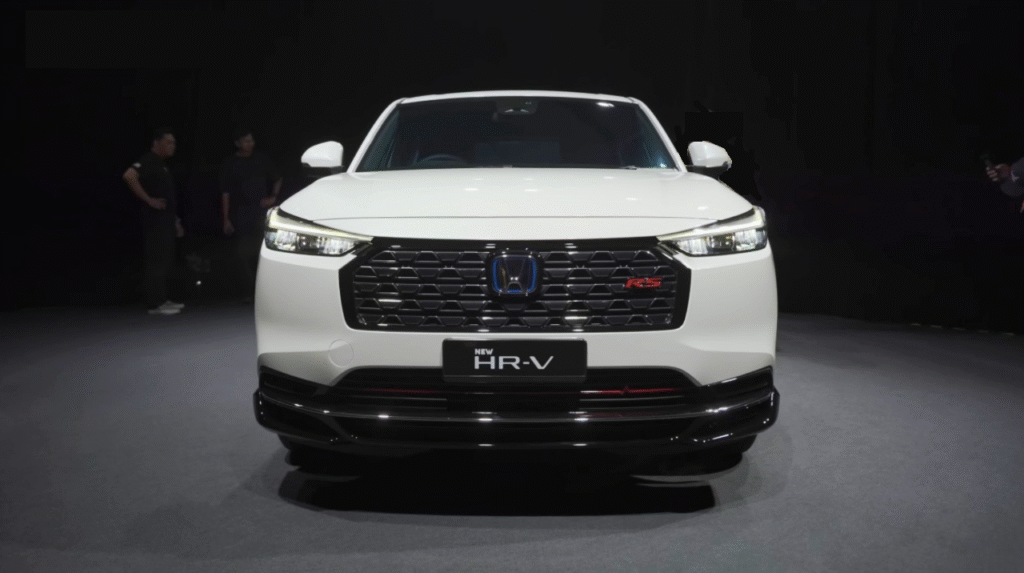
Brief Backstory: How the HR-V Became Everyone’s Favorite Little Crossover
Every automobile has a story. The HR-V’s is more underdog than superhero — perhaps that’s why it speaks to so many motorists in bustling Southeast Asian cities.
Introduced first in the late ’90s, the HR-V — “Hi-Rider Revolutionary Vehicle” — wasn’t a overnight sensation by any means. Early HR-Vs appeared quirky, even toy-like, but the idea was cutting-edge at the time: a compact SUV for urban dwellers who required hatchback functionality with a bit of extra ground clearance for uncharted potholes, floods, or nasty parking lots.
By the time the second generation arrived on streets, Honda had the formula. City families wanted space but not bulk, students wanted economical fuel bills, and Grab drivers needed low maintenance expenses. The HR-V provided all three.
Now, in 2025, the HR-V is still a sales dynamo in Asian markets. So, how do you make a best-seller new again when imitator competitors keep materializing every other month? Easy: you tune, you adjust, and you provide customers with more of what works — with just enough new magic tricks to keep them on board.
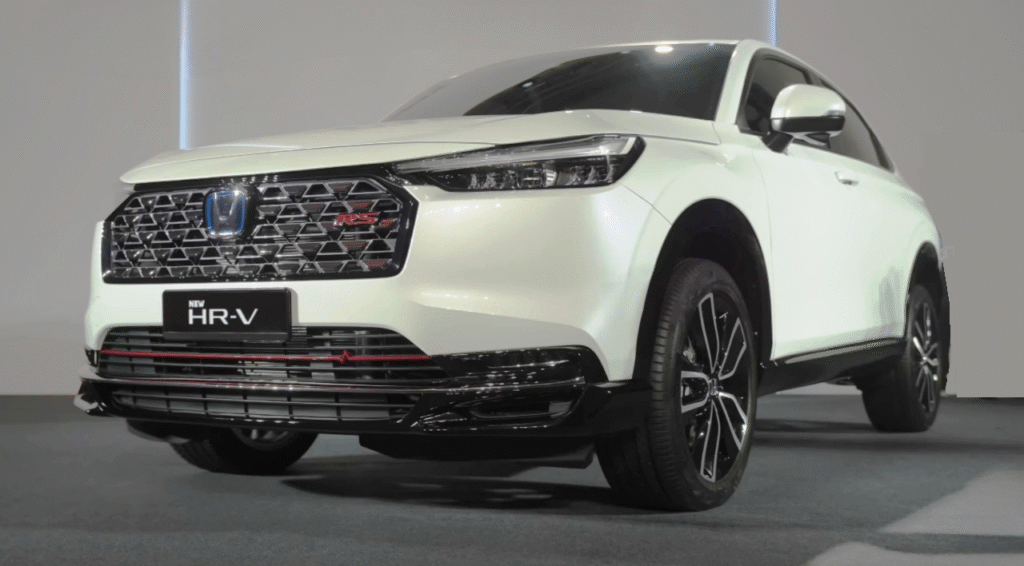
Image source web
Interior: The Cabin That Lifts Above Its Weight
Inside the facelifted 2025 HR-V and you’ll soon get the impression where Honda spent its budget: in the cabin. The most obvious thing you notice is how “growing up” the inside feels compared to the previous car — and compared to some similarly-priced competition that still feels like a rental special.
The dashboard curves are clean, nearly minimalist, with soft-touch surfaces in all the areas your hands will inevitably fall on. Honda introduced discreet satin chrome and gloss black trim pieces — classy enough that they won’t become fingerprint Glass like certain brands so enjoyably love to make them.
The 8-inch screen, however, is the star of the show positioned neatly in your line of sight. Wireless Apple CarPlay and Android Auto are now standard fare, so you can finally eliminate that rat’s nest of wires. A tidy Qi wireless charging pad sits beneath the centre stack — another flourish that makes the HR-V seem like it’s from 2025, not 2015.
Rear passengers, often ignored in smaller crossovers, get proper pampering: dedicated rear air vents, multiple USB-C ports, and Honda’s genius ULTRA seats that flip and fold in a hundred ways. It’s not just marketing fluff — you’ll genuinely find yourself folding seats up for tall plants one weekend, down flat for a mountain bike the next, and tucking the headrests away for extra space when grandma wants to nap during road trips.
Small things count too — door pockets that actually swallow large water bottles, chunky-looking switchgear, and heavier sound insulation that muffles road noise far better than the previous HR-V ever did.
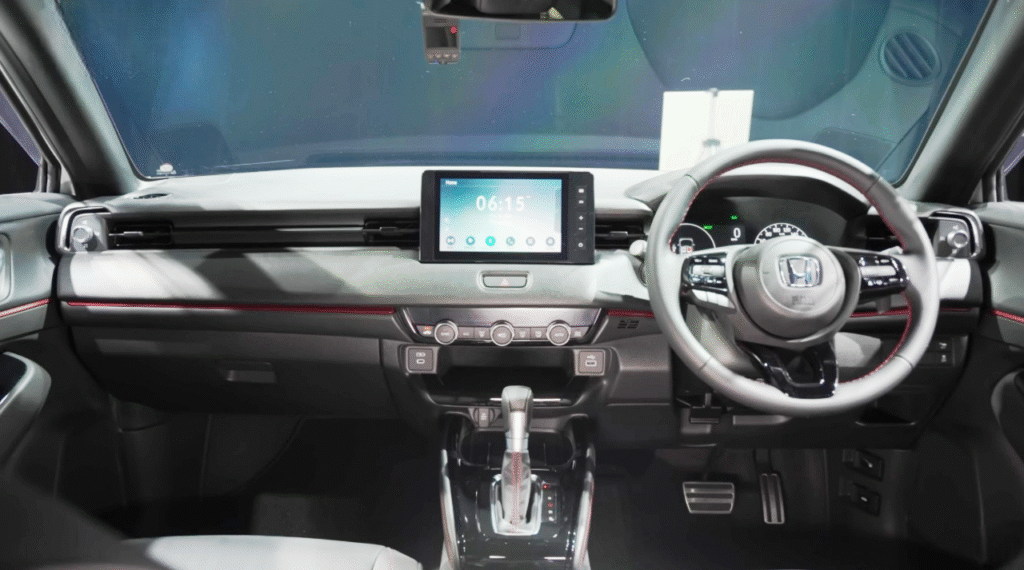
Image source web
Performance: Three Flavours, One Mission
Now’s when the HR-V flaunts its dual personality — utilitarian, zesty, or frugal hybrid.
1.The 1.5L Naturally Aspirated (NA)
This is your no-nonsense option. It will not jerk your head back when you accelerate hard, but it’s bulletproof, silky, and economical to maintain. Ideal for city drivers who prioritize dependability over excitement.
2.The 1.5L VTEC Turbo
Step up to the turbo if you regularly pass slow-moving trucks on twisting trunk roads or frequently lug the family plus baggage up Genting Highlands. There’s quite a bit more torque here — it feels spry at low RPMs, and you won’t fear highway merges anymore.
3.The 1.5L e:HEV Hybrid
The gem of the range — Honda’s e:HEV system mates a 1.5L Atkinson-cycle petrol engine with an hefty electric motor. It switches slickly between full-electric drive, hybrid mode, or engine-only mode based on speed and demand.
Real-world owners of the old hybrid HR-V already claimed 23–25 km/L, and Honda says the facelift model performs slightly better due to software adjustments and better aerodynamics.
It’s smooth, silent in town, and you’ll genuinely visit the petrol pump less — exactly what drivers want when fuel prices keep nudging upwards every other quarter.
The CVT across all variants is well-tuned — responsive enough in stop-go traffic and surprisingly refined on longer expressway cruises.
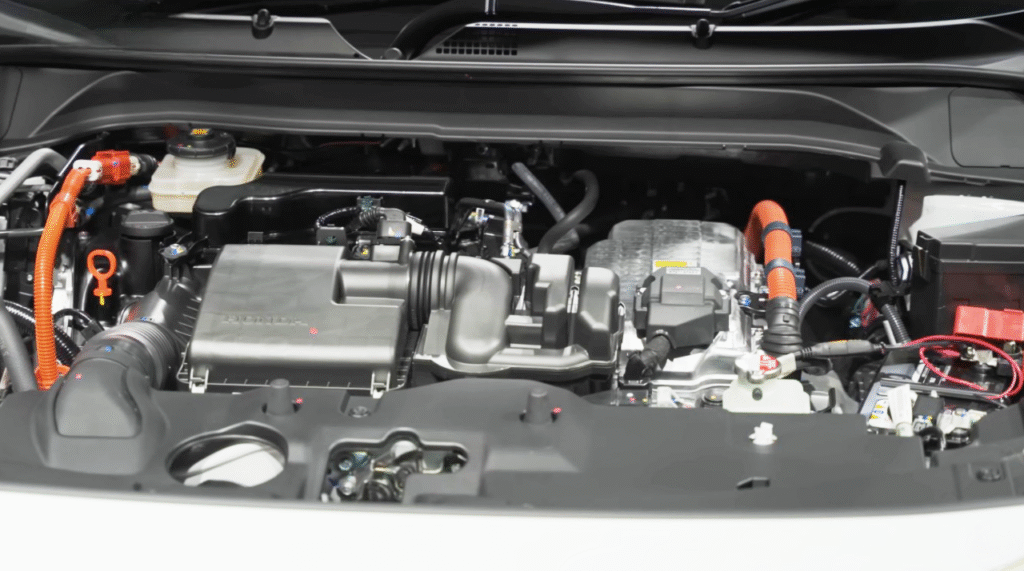
Image source web
Safety: Tech That’s Actually Useful
There are some brands who can’t get enough of piling on “safety tech” that is more intrusive than assistive. Honda SENSING is not like that — it’s really there to bail your bacon out when your attention lapses.
The entire gamut is available standard on board:
Adaptive Cruise Control: Ideal for those long plus highway excursions.
Lane Keeping Assist & Road Departure Mitigation: Prevents you from drifting into the next lane when your eyes drift off.
Collision Mitigation Braking: The vehicle literally brakes for you when it detects an oncoming crash.
Forward Collision Warning: Visual and audible warnings if you’re going to kiss the vehicle ahead.
Auto High Beam & Matrix LED Headlights (at the higher trims): shine when you need them to, and be considerate when you don’t.
And with front and rear parking sensors, a multi-angle rearview camera, and a respectable 5-star ASEAN NCAP score.
For parents, that’s actual peace of mind — and an excellent point to mention during your insurance discount discussion.
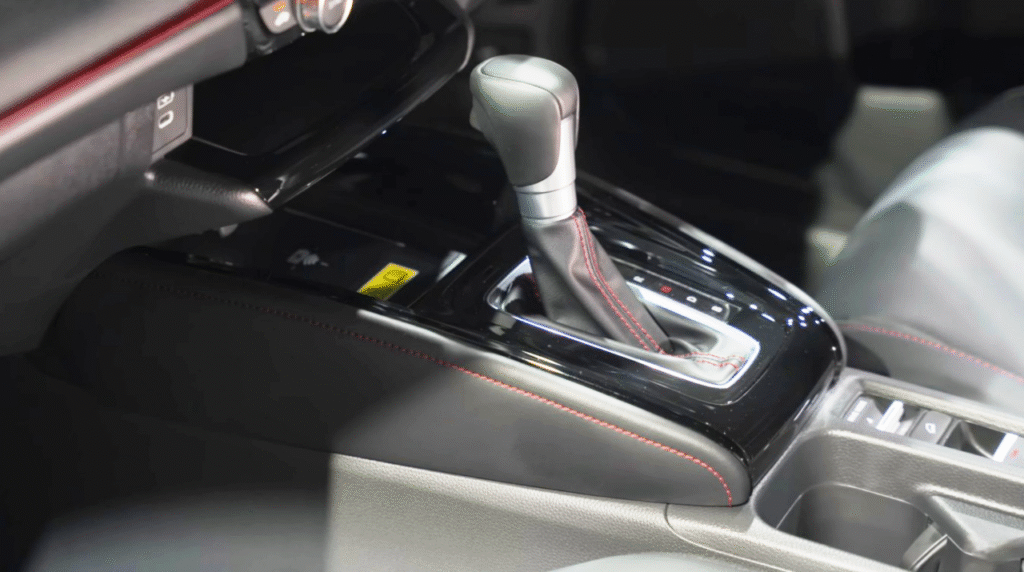
Image source web
Abilities: Designed for Urban Congestion, Daring Enough for Rough Terrain
Let’s be honest: no HR-V purchaser is going to take this small SUV rock-crawling in Pahang or carving rivers in Sabah. But urban adventures every day? Absolutely.
There is plenty of ground clearance for light off-road excursions — consider unsurfaced car parks at nearby durian plantations, family outings to a lake, or an emergency gravel track to your Airbnb hut.
Add that to Honda’s innovative Magic Seats, and you have a functional SUV that fits your lifestyle — not the other way around.
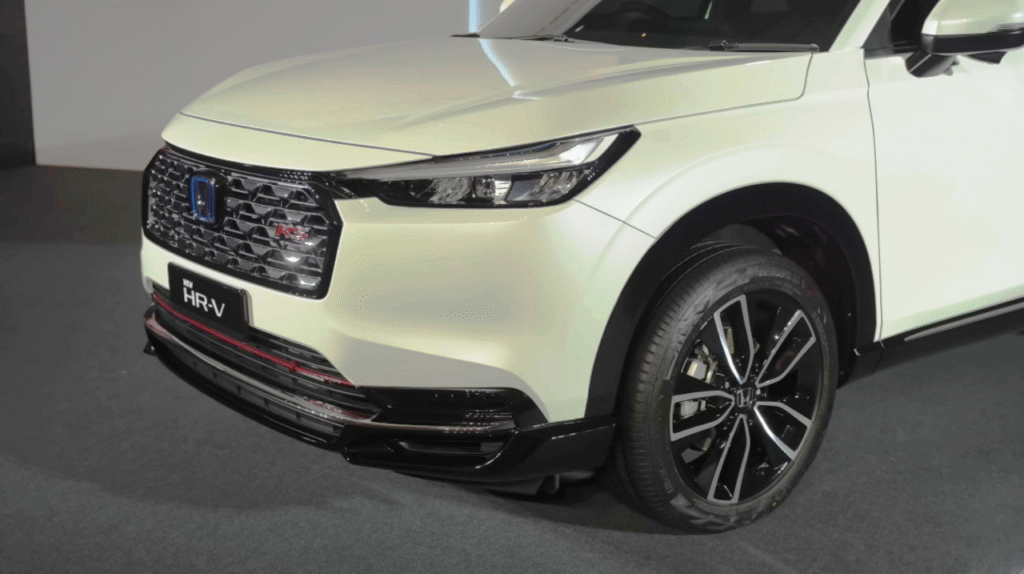
Image source web
Pricing and Availability: Where the Money Goes
The HR-V facelift went on sale officially in July 2025 in Malaysia, Thailand, and other Southeast Asian countries. It’s priced competitively to occupy the sweet spot between affordable Chinese entrants and more expensive full-size SUVs.
Malaysia OTR Price Range (Peninsula): Begin with RM115,900 for the entry-level 1.5 NA S.
Mid-range turbo grades float between RM130k–RM137k.
Flagship RS e:HEV hybrid weighs in at about RM143,900 — yes, more expensive but worth it if you intend to keep the car in the long term and value fuel savings that mount up.
Early birds in July got up to RM10,000 booking rebates — a savvy move by Honda to sell off the pre-facelift units and get customers onto the new model quickly.
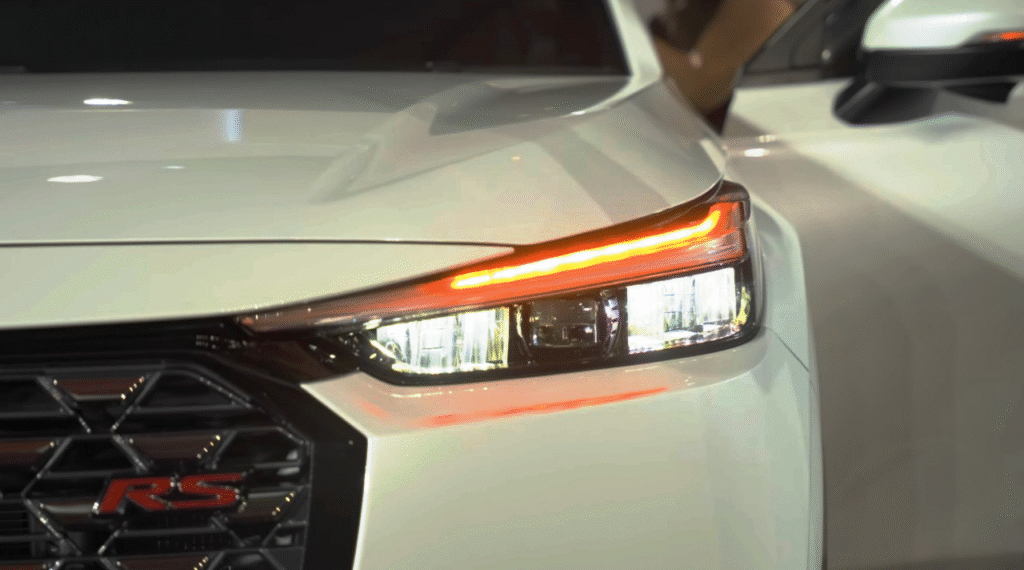
Image source web
What We Love — And What We’d Fix
Pros
Arguably one of the coolest-looking compact SUVs you can get for this price.
Nice premium-feeling interior on a sub-RM150k vehicle.
Honda SENSING on all models — no skimping.
Very impressive real-world hybrid economy.
Honda resale value and reliability.
Cons
No all-wheel drive (but most won’t really need it here).
Turbo and hybrid trims edge close to larger SUV size cost-wise.
Infotainment screen is solid — but rivals are offering larger, sharper screens.
Some lower cabin areas still have hard plastics.
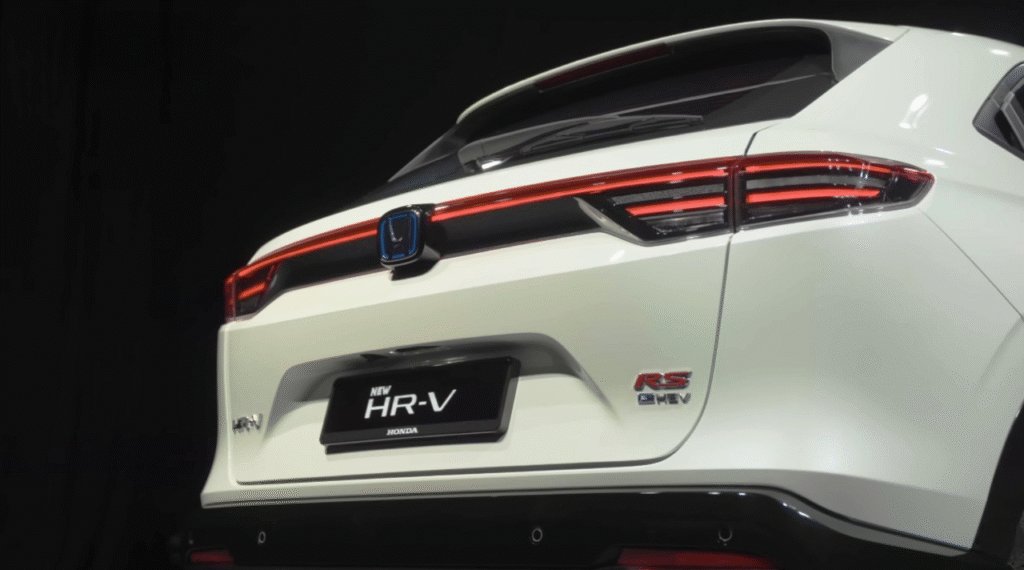
Image source web
Verdict: Should You Buy the 2025 Honda HR-V Facelift?
If you’re after a crossover that’ll look the part parking up outside a café, ride over potholes and floods without batting an eyelid, save you fuel costs, and not give you a Hart attack at the garage — the HR-V is still the one to choose.
It won’t excite speed freaks or off-road enthusiasts, but for 90% of city-dwelling Southeast Asian drivers, it’s a middle-ground all-rounder that’s handsome, clever, and solidly based on tried-and-tested Honda chassis.
It’s not hyperbole — it’s why you’ll still spot so many vintage HR-Vs on the road: they simply refuse to die. And this new model promises to do the same — while guzzling even less fuel and looking better than ever.
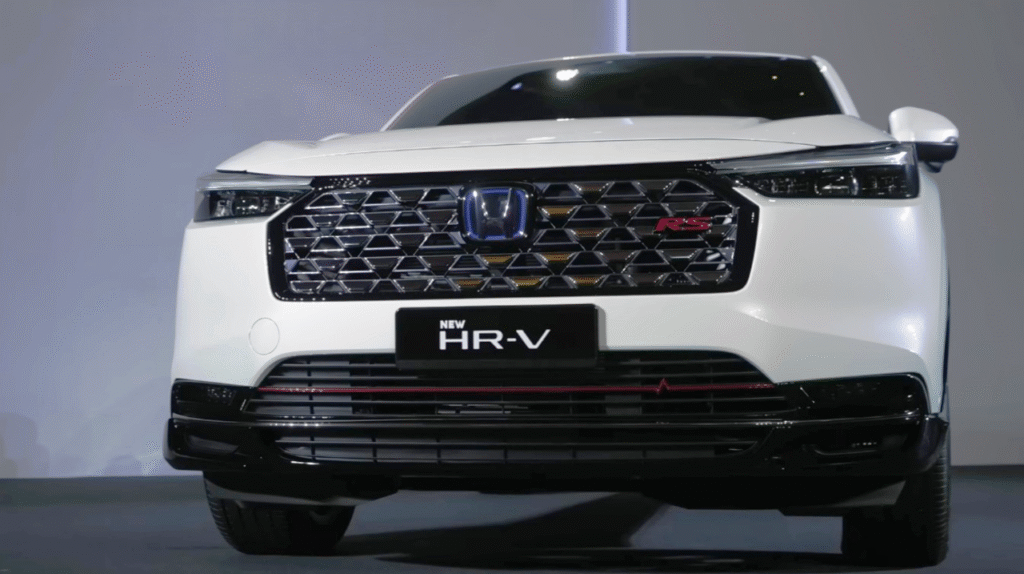
Image source web
FAQs:
Q1: What is the price of the 2025 Honda HR-V in Malaysia?
A: The 2025 Honda HR-V facelift starts at around RM115,900 for the base 1.5L model in Malaysia, with the fully loaded RS e:HEV hybrid topping out near RM143,900.
Q2: Is the 2025 Honda HR-V offered as a hybrid model?
A: Yes! The range-topping RS model employs Honda’s refined e:HEV hybrid technology, offering great fuel efficiency of up to 25.6 km/L in actual use.
Q3: What is the major change in the 2025 Honda HR-V facelift?
A: The facelift introduces fresh styling, a more upscale interior, wireless Apple CarPlay/Android Auto, Honda SENSING safety as a standard offering, and better fuel efficiency — particularly with the hybrid.
Q4: Is the 2025 Honda HR-V family-friendly?
A: Yes — the roomy cabin of the HR-V, versatile ULTRA seats, rear air conditioning vents, USB-C charging ports, and robust safety package make it the perfect compact family SUV.
Q5: In what ways does the HR-V match up against rivals such as the Toyota Corolla Cross?
A: The HR-V is still good on build quality, resale price, and functional touches such as Magic Seats. The Corolla Cross provides comparable hybrid economy but Honda’s interior layout and Honda SENSING make it more desirable to many buyers.
Q6: Where can the 2025 HR-V be found in Southeast Asia?
A: The facelifted HR-V is already released in Malaysia, Thailand, the Philippines, and other ASEAN countries, and booking started since July 2025.
Q7: Does the 2025 HR-V have Honda SENSING?
A: It comes with Honda SENSING as a standard on all grades. It has adaptive cruise control, lane keeping assist, collision mitigation braking, and many more.
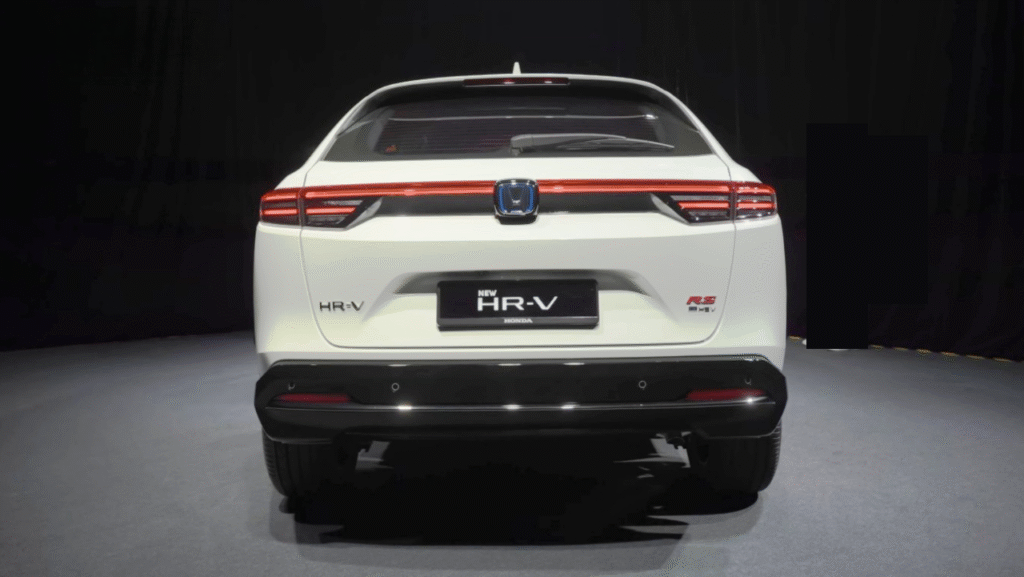
Image source web

